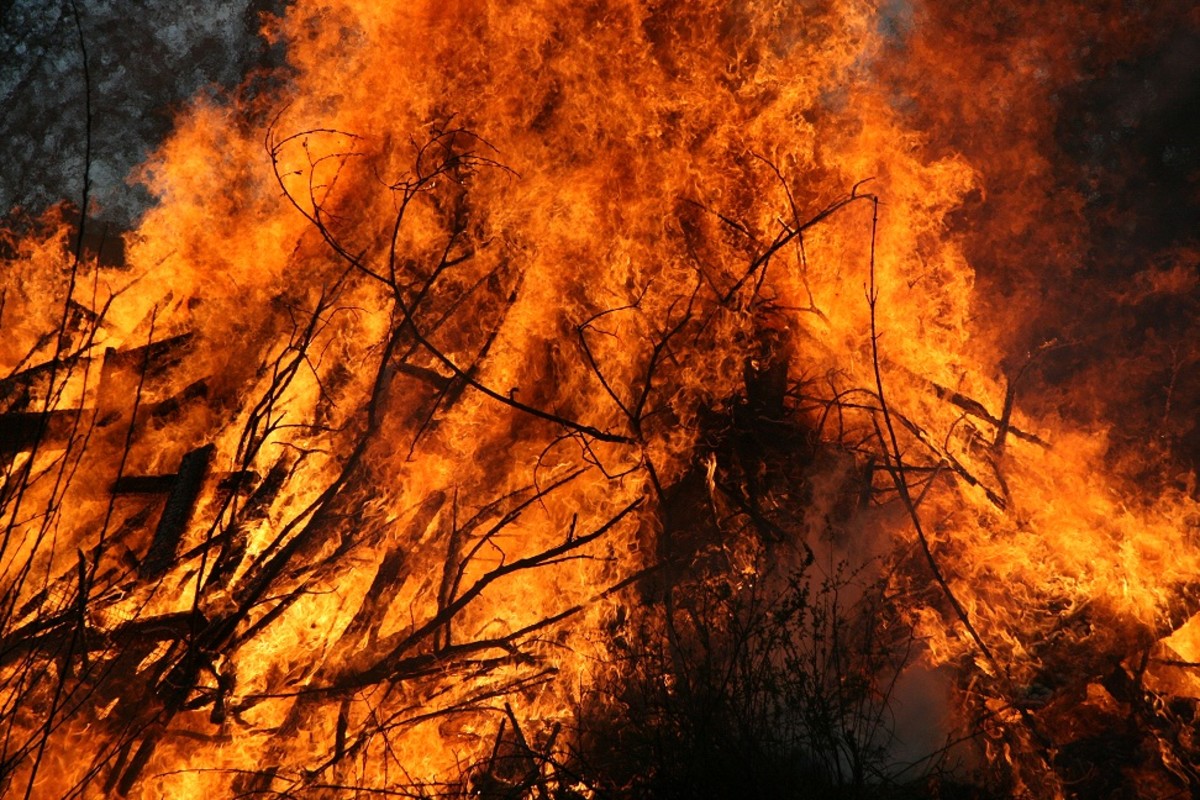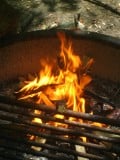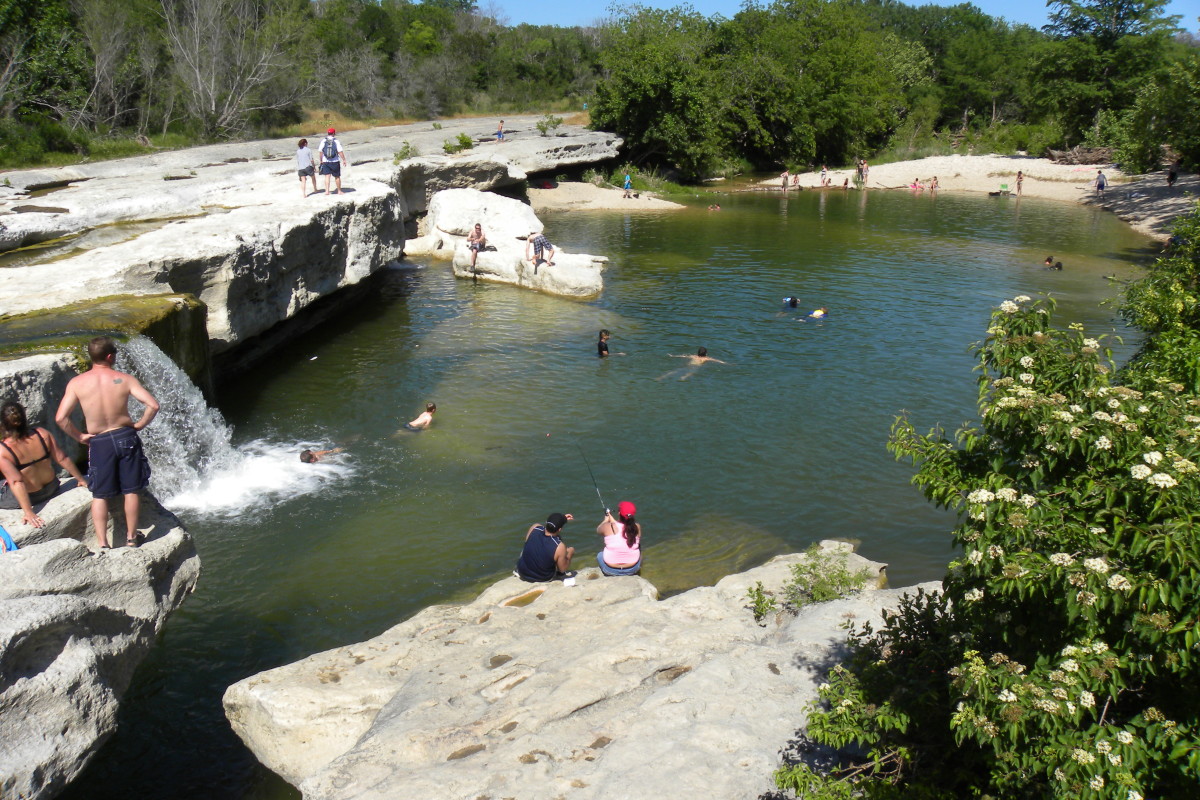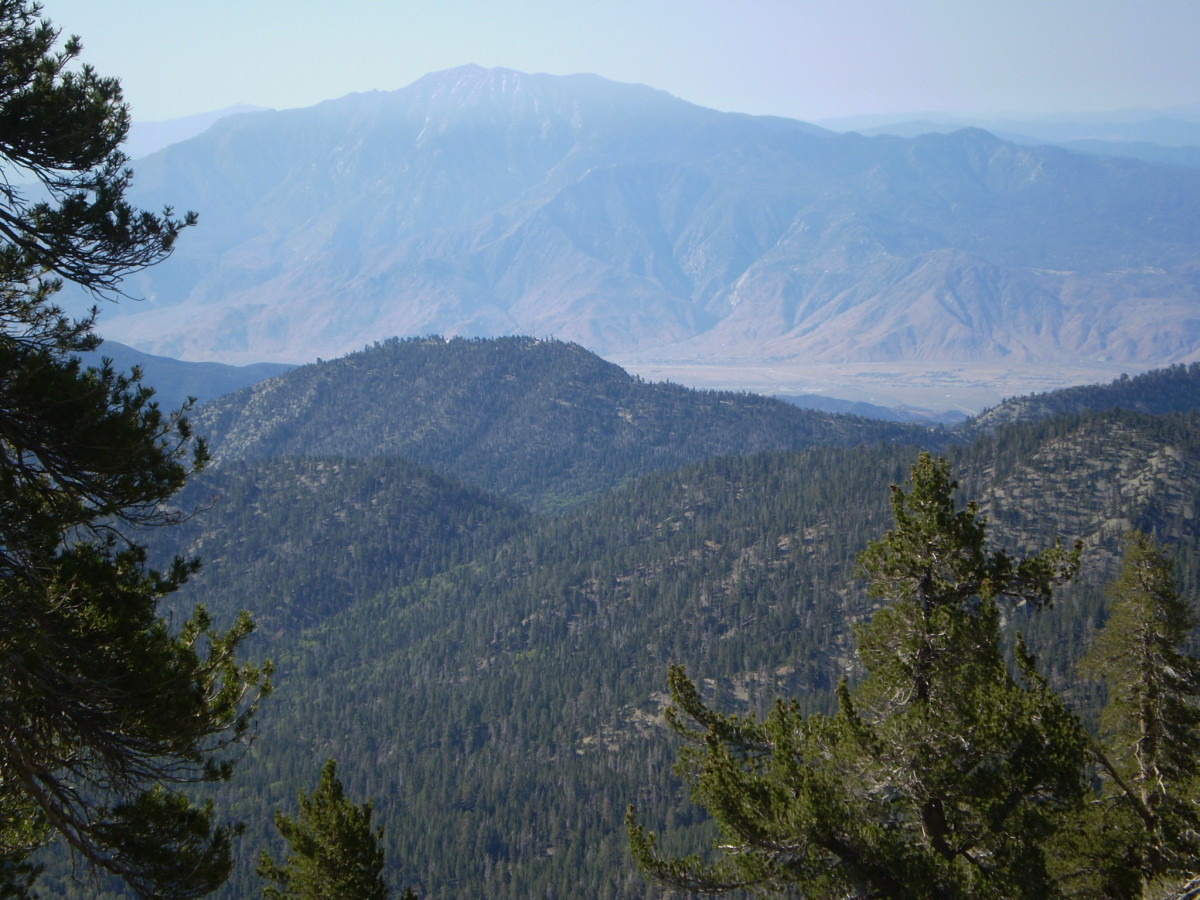How to Start a Campfire

Passionate Debates Over Beliefs
Few things ignite such passionate debates among men as politics, religion and how to start a campfire. Although politics and religion are often set aside as taboo subjects between friends, the controversy over fire-starting technology is not avoided so easily.
Starting a fire with lighter fluid
The easiest way to cheat Mother Nature is to soak your fire with some sort of liquid fuel before igniting it. The ignition of such a fire is an art form in itself, open to much micro-debate. Using a lighter is OK if you have used lighter fluid. A good lighter fluid lights slowly and burns for a while. The wrong item to use on a campfire is a quick-igniting fuel like gasoline. It is virtually impossible to stand far enough away when lighting gasoline. It ignites instantly and explodes into flames proportionate in intensity to the amount of gasoline used. Don’t use gasoline to start a fire; ever. It may seem like fun but the fun will end the instant someone is burned. Leave bursting into flames to the folks in Hollywood. Further, the wrong liquid ignition source can start a forest fire. Use mild, friendly, lighter fluid if you are going to take the liquid-fuel route. While making sure you don't burn yourself is important, keep in mind that burning your friends is also a demonstrations of poor fire-starting skills.

Lighter fluid can fail to light a fire
It is very possible that lighter fluid will not light your fire. Without the right kindling, the fluid will burn away and you will be left with smoking logs. Make sure you have small kindling to burn and that your wood is dry enough to burn. Lighter fluid will not ignite wet wood.
Starting a fire with paper or cardboard
Starting a fire using paper or cardboard will often work. Still, one has to have the right kindling. Setting paper or even cardboard under logs will usually not work. If you have a limited supply of paper product, you had better make sure you do it right the first time. The risk with this method is the ashes that can fly into the air. If you are in a fire-sensitive zone, this method is not recommended. The hotter the fire produced, the higher and farther the cinders will fly. Overall, this method is not recommended. If you need to use paper, wad it into a ball and cover it with kindling before lighting it. Paper wadded into a ball will burn longer and be less likely to fly away. Be sure you don't take to long while using this method as it creates a lot of smoke. This can quickly anger your fellow campers who are sitting around watching you work.

Starting a fire with dry leaves
Dry leaves can often work but are one of the most hazardous of the ignition methods. Burning leaves fly up from a fire with more ease than any other material. If you must use leaves, cover them with a good “cage” of kindling. This method also has the drawback of not always working. Some leaves burn better than others. If a leaf has been on the ground too long it has begun to decompose and will not burn well. Pine needles burn well because of their sap but are another fire-safety menace. They often burn all too well, creating intense heat; more than most people anticipate, especially fellow campers leaning over your shoulder to critique your work. Proceed with caution when using leaves.
Starting a fire with twigs
If you can start a fire with twigs, you have earned my respect. Starting fires with twigs is probably the best way to do it. Start with twigs that are as small as a stir straw for your coffee. Build the kindling upward using larger and larger sticks. You can start a fire successfully by using sticks no larger than one half inch to one inch in diameter. Any bigger and you might be getting ahead of yourself. Once the flames are going well, add larger and larger sticks until logs are the logical next step. If you put the logs on too soon, you might wish you had brought up politics or religion with your friends instead.
The art of kindling your fire
Many fires-starters have failed due to poor kindling know-how. Simply throwing the sticks down will rarely do. The best method has proven to be the “teepee.” Arrange your sticks, no matter how small, into the shape of a teepee. If they fall down, fix them. You cannot show off your one-match-only routine if you don’t have the right set up. When you have a teepee built up into sticks of no more than an inch across, it’s time to light your fire. If this is your first time, you probably forgot to leave one side open for your hand to access the tiny, central twigs. If so, you might want to fix your teepee.

The one-match fire master
If you have mastered your fire-starting skills, you should be able to start your fire using no man made products other than a match. A true master can do it with just one match. Success with this technique can stifle even the harshest critic.
Starting a fire with a bow or other archaic means
For this method of fire-starting you need lots of patience and lots of calluses on your hands. I would only recommend this method to those who want to prove themselves or who are about to die of cold.
This essay on starting fires is not intended to contain professional fire safety advice. Consult a park official or written fire safety guides as verified sources for information on outdoor fire safety.






